Circle of Community
Restoring Emory’s living mandala
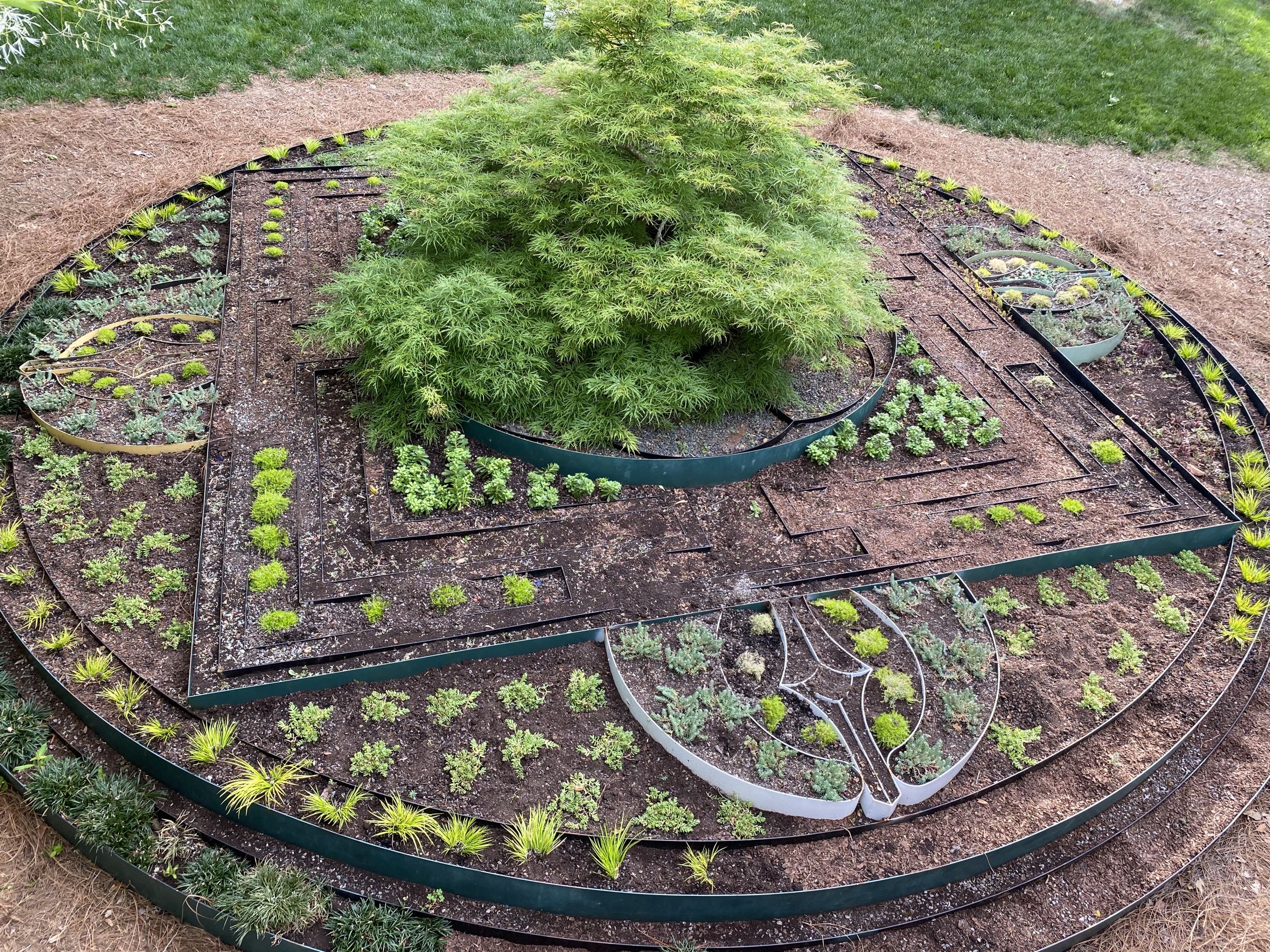
The circular design of the mandala, in many faiths, represents the sacred wholeness of the entire universe.
The living mandala at Emory, a vibrant round garden in front of Cannon Chapel, was planted in 2012 to celebrate His Holiness the Dalai Lama’s relationship to Emory.
But it had become overgrown. A renovation for the mandala was needed — and symbolic.
“The living mandala invites us to focus our attention on the universe and the goal of creating lives and a community that embrace wholeness,” said the Rev. Greg McGonigle, university chaplain and dean of religious life.
“We think that it’s a perfect metaphor and spiritual practice for this time, when we need to reconnect with each other, and being outdoors is the safest way to reconnect and rebuild our community.”
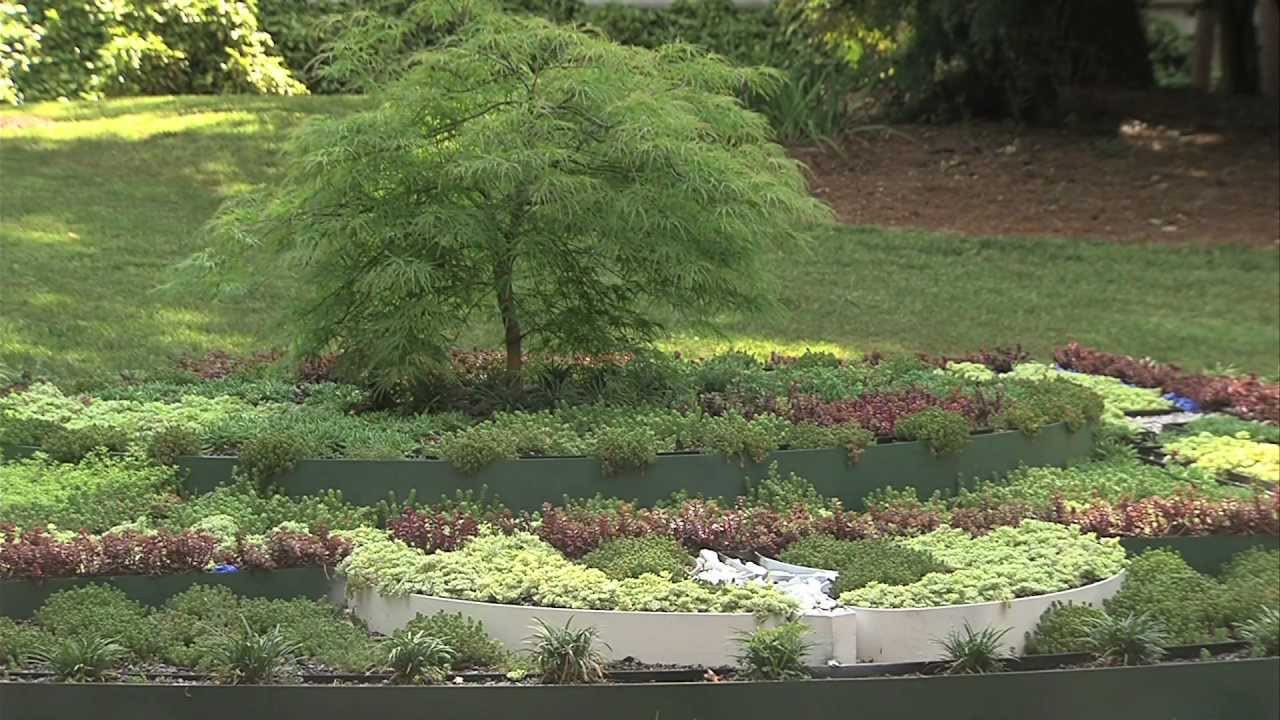
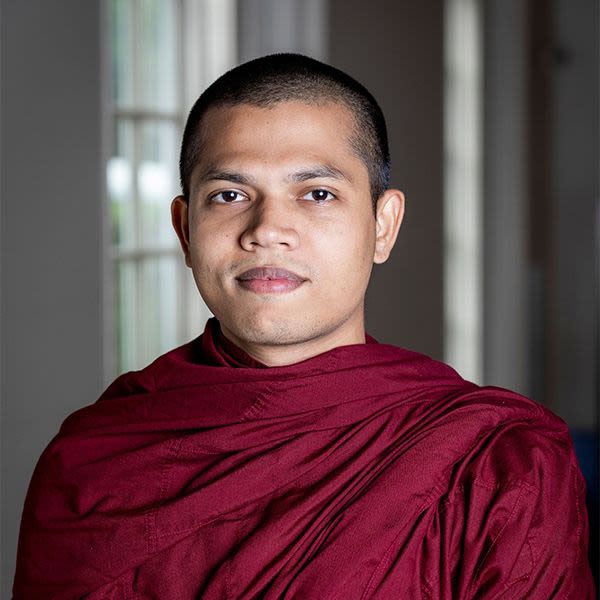
Emory hired its first full-time Buddhist chaplain in early 2021: The Venerable Priya Sraman.
He is a Theravada Buddhist monk who grew up in Bangladesh and studied in Thailand, Hong Kong and the U.S. At Emory, he joined his brother Upali Sraman, a PhD student in religion at Emory who is also a monk.
Venerable Priya began the mandala restoration project with research help from Emory’s Michael C. Carlos Museum.
Replanting the mandala began in early April.

First-year student Albert Terc 24C pitched in. He belongs to the Emory Buddhist Club, one of the most active spiritual student organizations on campus.
From Bloomfield, New Jersey, Terc chose Emory for warmer weather and because, as a Buddhist, he values Emory as a leading center of study for Tibetan philosophy and religion in the West.
“This has been a good place to continue my practice,” he said as he dug.
One of the first tasks: removing colored glass from the original design that had become jumbled.
The mandala is like a round table, said Isam Vaid 93Ox 95C 99PH, the Muslim Religious Scholar in the Office of Spiritual and Religious Life, one of the participants.
“At Emory, everyone has a place at the table, and we should check our privilege at the door,” he said. “The diversity of our campus helps us to effectively serve our community.”
Claire Houston, an administrative program coordinator in exterior services for Emory Facilities Management, showed volunteers how to put the new plants in the ground.
Sedum is a succulent perennial herb with hundreds of drought-resistant varieties.
“You can’t hurt these plants,” she told them.
Indeed, amid the weeds, some plants had survived — like this “hen and chick" sedum.
Its shape reminded Upali Sraman of the lotus, a powerful symbol in Buddhism.
“Lotuses are born in the mud,” he said. “But they rise above it.”
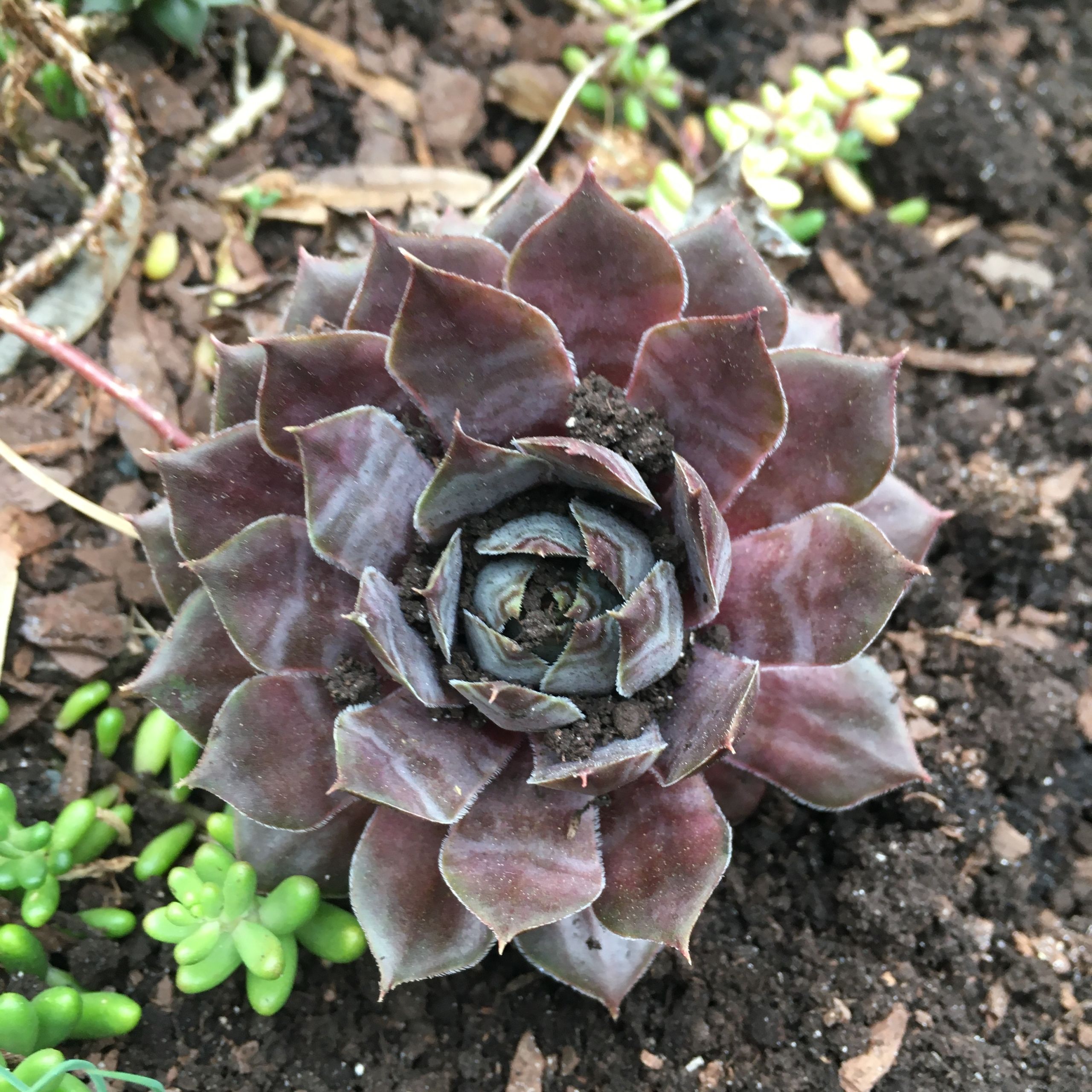
Sraman planted near the edge of the mandala.
Inside the mandala design, he said, there are symbolic realms for heaven, hell, humans and animals.
Everything has a place.
For Venerable Priya, the worms reminded him of the world we rarely see under our feet. Interconnectedness is integral to Buddhism.
“I like how the mandala is a connecting point for so many people within and beyond Emory, through the intention of caring,” he said.
“Its manifestation is through the efforts of so many people. And its restoration now has somehow connected myself and everyone working on it with many caring people.”
Christian, Hindu and Muslim volunteers helped restore the mandala.
“The mandala is not just a symbol of interconnection and interbeing,” Venerable Priya said. “It has become a point of practical connection, too.”
Emory’s annual Buddha Day will be celebrated Thursday, May 6, at 6 p.m. on Zoom at this link.
It honors the Buddha’s birth, as well as values such as peace and compassion.
All are invited.
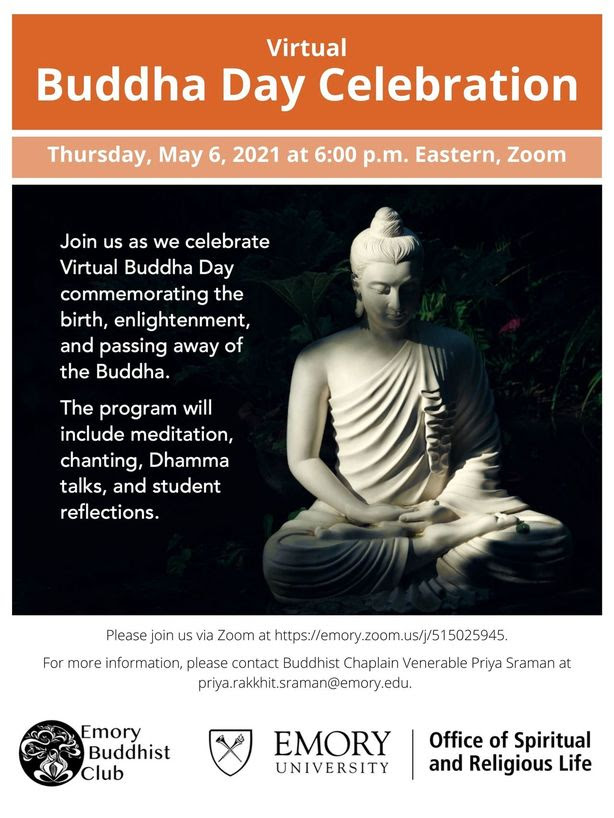
The Emory community also is welcome to participate in the Buddhist Club weekly reflection on Thursdays at 6 p.m., and Buddhist Community and Reflection every Friday at 1 p.m.
Venerable Priya leads the discussions of concepts and practices in Buddhism and beyond.
For more information, please visit the website of the Office of Spiritual and Religious Life.

